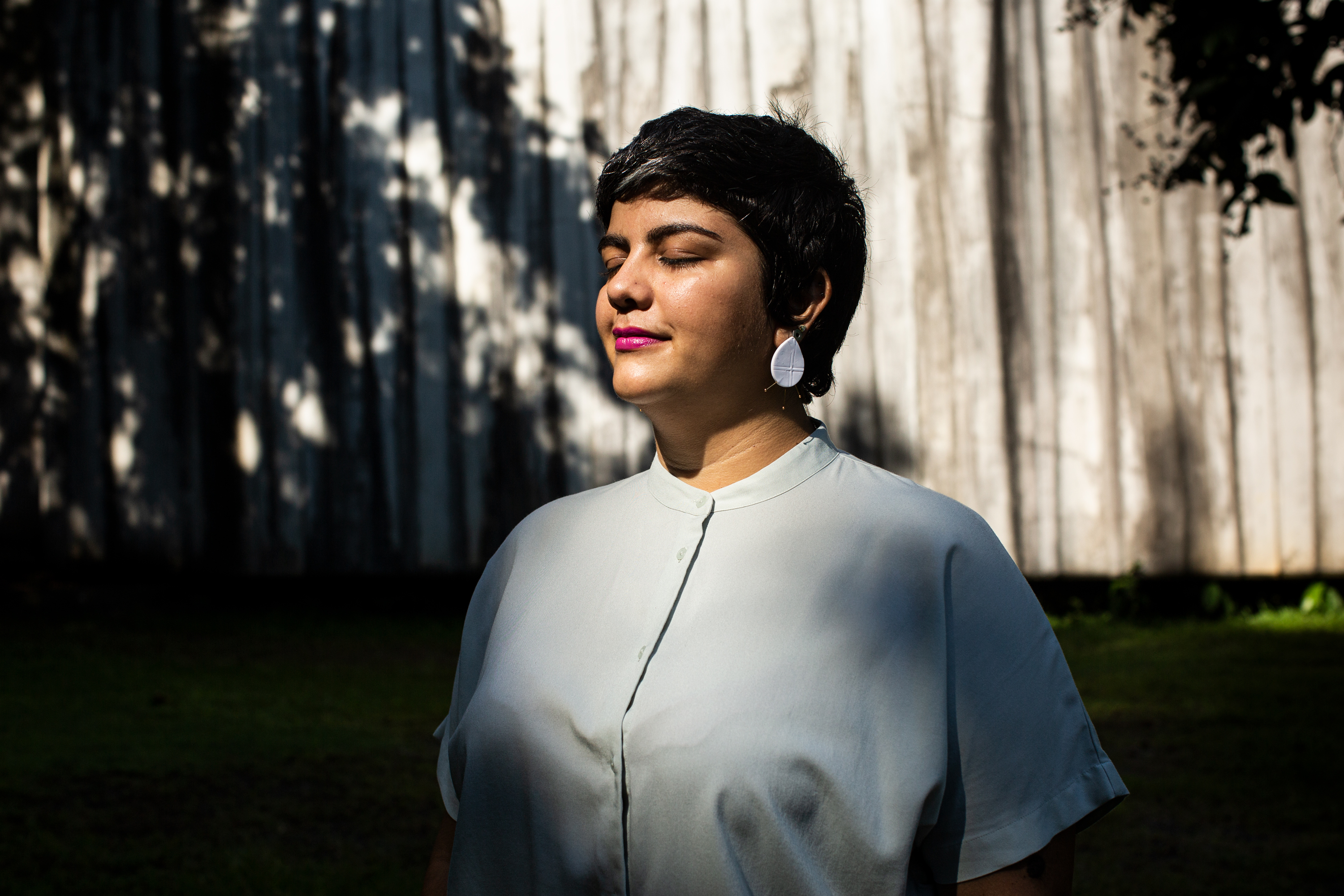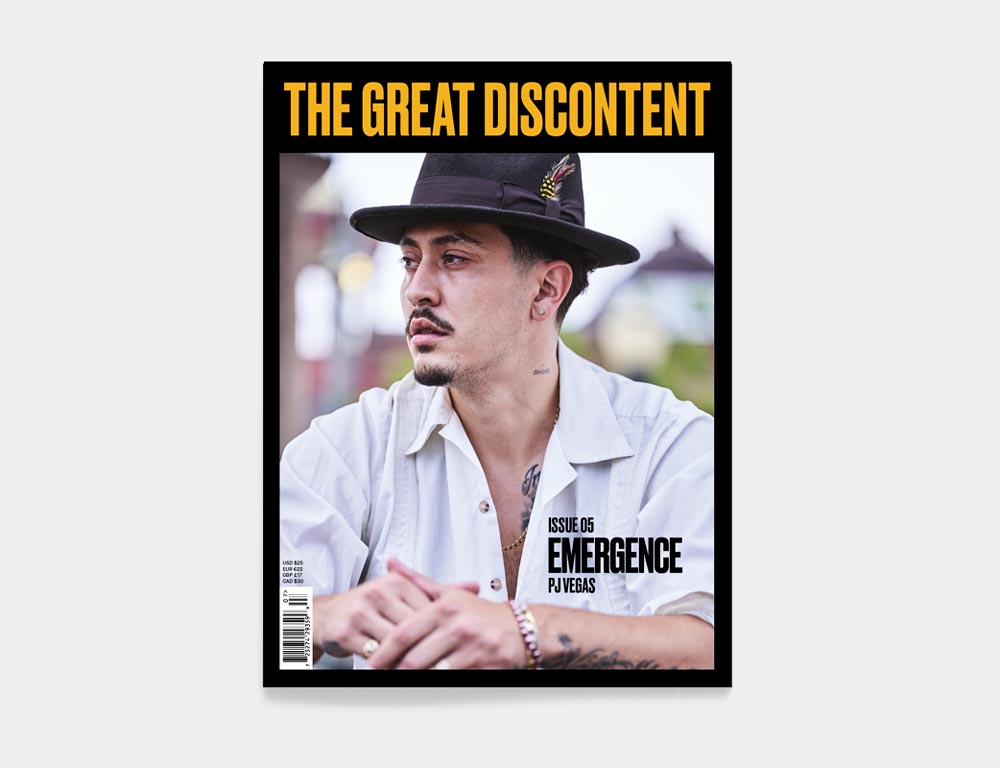
Emergence Issue: TGD's fifth issue features a dynamic group of 15 creators who are deeply committed to addressing systematic challenges in their communities through creativity and emerging ideologies. Buy Now
Can you share a little bit about where and how you grew up and what influence it had on you?
If you’re going to talk about origins, I think some of the important coordinates to understand where I come from are my parents. They have dedicated most of their lives to being active in the pro-independence movement here in Puerto Rico. They’re both lawyers, so their sense of justice is a big influence and presence in my life. Growing up in the family that I did, my politics developed from a place of affect and emotion, grounded in practice. That was always channeled through love and through relationships and community. I’m not stuck in theory or in books [Laughs], but very much about putting ideas about community or freedom or whatever into practice. Those are the important coordinates for me in terms of my origins.
The other thing that I have always identified as a fundamental influence on who I am is Montessori school. I think I developed a lot of ideas and positionings and a sense of responsibility and purpose from the school and the brilliant women who ran it.
Throughout my teenage years, I was involved in a street theater troupe called Jóvenes del ’98, which was founded in 1998 on the occasion of the 100th anniversary of the US invasion. It was directed by Maritza Pérez and still exists. It was a workshop for young people with political and social concerns to develop plays that talked about the country and their ideas about the future. We performed on everything from basketball courts to schools to public squares.
As time goes by, I recognize more and more how important it was for me to be a part of that dynamic of young people. The idea of trusting the collective more than the individual idea is something that is fundamental to how I work. It definitely made me feel out of place in film school because I was not so interested in the idea of an all-knowing, all-powerful director who had a master plan and a crew that would make that plan come true.
I’m fascinated that you bring up Montessori as a foundation because I have a deep affinity for that teaching and learning method. There’s something about a Montessori space and the balance of self determination and exploration coupled with full commitment to the community. Can you talk about where that shows up in your work today?
It’s with me all the time. Montessori education is all about taking children seriously and trusting and valuing their intelligence, their capacity, their maturity. It’s not one-directional. The impact that has on self-esteem and confidence and feeling like active learners is incredible.
The first time I was ever taught how to make a film was in Montessori school. We also grew a garden and as children organized protests to save trees that were being cut down near our school. I was equipped with a belief in the ability to transform things, to be an agent of transformation or change or resistance. Then I went into a much more traditional middle school and high school and college and never had the same experience of learning within those environments.
I’m guided by a deep sense of curiosity and interest in learning, and those values were instilled in me by my Montessori education. There is a final result when I make work, but what I’m really interested in is how making some piece allows me to tap into different worlds and learn from different people and ask a lot of questions and spend time in places that normally, perhaps, I’d be lacking an excuse to go into.
How do you describe your work to people who haven’t experienced it, Sofía?
A lot of my work is about thinking critically about images and the construction of images, as well as the construction of historical narratives. I’m interested in image making and the history of images used to illustrate and represent this place that I come from, especially at a time when
anyone and everyone has the ability to create images. My work tries to interrupt in different ways or complicate how we read images, whether it’s a still photographic image, analog or digital video, or film.
So much of the image of the Caribbean and of a place like Puerto Rico has been constructed for the outside gaze, for foreigners, for tourists, for colonizers. There’s a need to unpack and contradict and complicate and perhaps to resist those visual constructions.
I am really glad that my work is shown and shared outside of Puerto Rico. I appreciate the opportunity to make work that filters through to different people in different spaces and complicates whatever they think they know about Puerto Rico or how they’ve understood this place or how they imagine it visually.
When you take on the normalization of colonization, is there a broader goal at play?
The work of decolonizing requires internal work and external work. It requires that we in this place challenge notions that we’ve come to normalize about ourselves. That includes this desire to self-exoticize and identify with the images that those outsiders have created of us. And then there’s also the most important work of confronting the people who actually have power over our colonial condition with the reality of what that implies or a sense of the responsibility.
Puerto Ricans hold no real power electorally over our own condition. The people who do hold some sway over it, who vote for congress members who get to decide our future, barely know anything about us. I don’t think that my work resolves this conundrum [Laughs], but I hope that it contributes to giving people a sense of understanding of their own implication in our history and in our current reality.
It’s very much concerned with memory, with generating documents, all the gaps that exist and how to work within those gaps. Trying to assume those absences and those gaps as opportunities to create other ways of understanding ourselves or other ways of understanding art as a language that also allows for other ways of creating documents or creating memory.
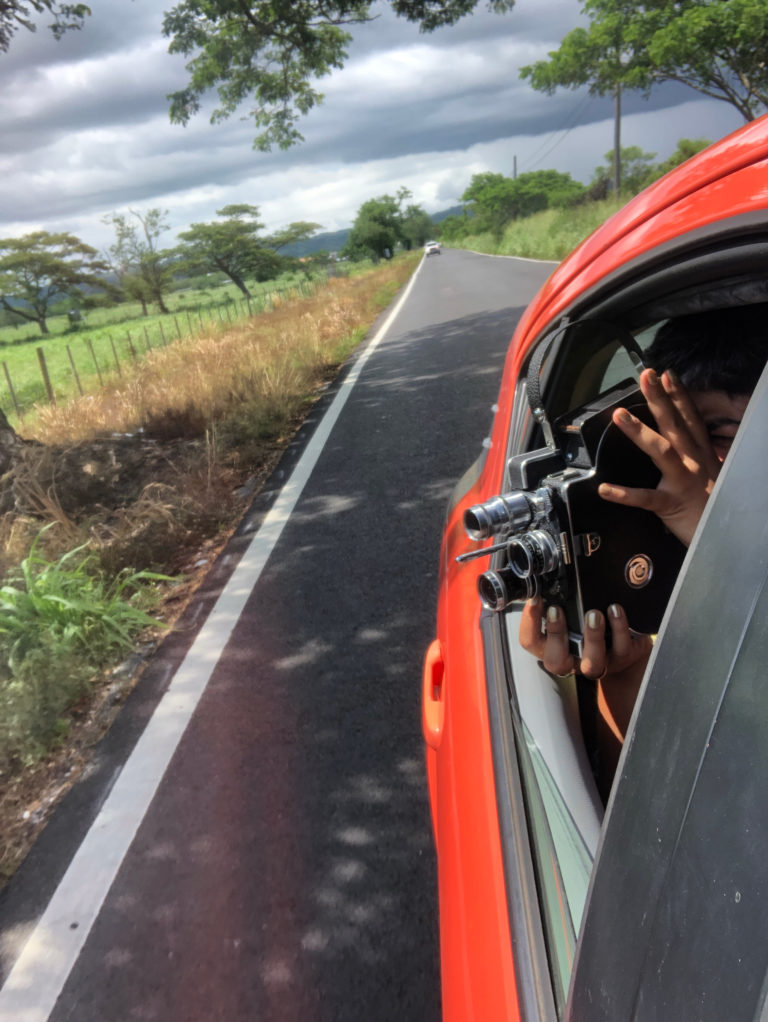
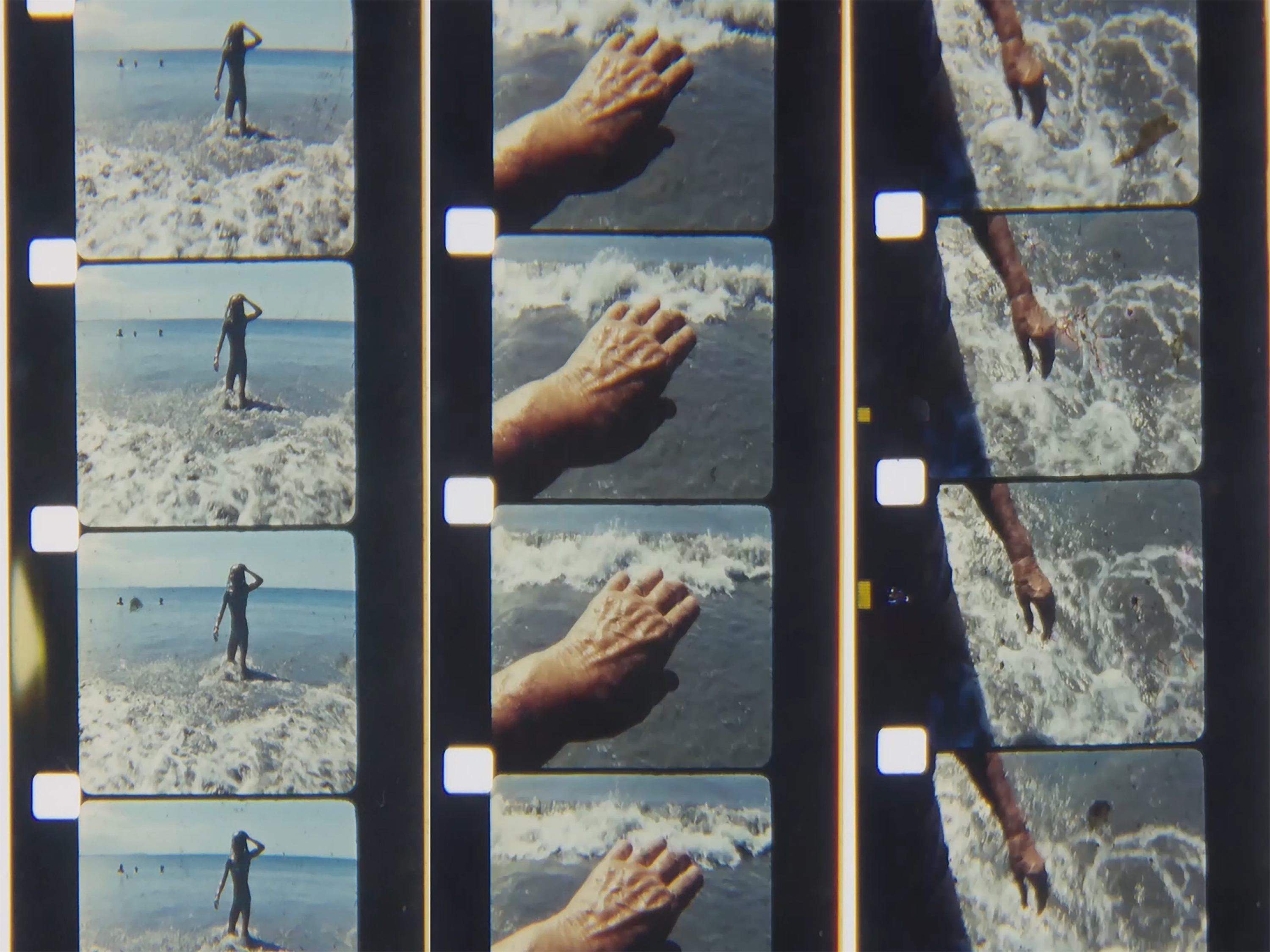
During the filming of Celaje, Sofía captured her grandmother’s hands on 16 mm film. The shots were taken at the Punta Salinas public beach, which used to be an army base, in Toa Baja. (Images/Courtesy of Sofiá Gallisá Muriente)
I love the richness of intention in how you approach these, as you said, complicated histories.
My work tends to sound so serious, but I’m also interested in how absurdity and humor are great access points to have complicated conversations without everyone jumping into their trenches. I try to find an odd angle from which to talk about serious things.
We had a mayor of San Juan in the ’50s, Felisa Rincón de Gautier, who was a very important figure in our political history. She was recognized as a Woman of the Americas, and Eastern Airlines contacted her and said: “We want to honor you in some way for the prize that you just received. What would you like?” And she was like, “Well, I’ve always wanted to bring snow to Puerto Rico so poor children can play in the snow.” She ended up bringing snow for several years in a row and creating these huge public events.
Everyone knows that story in Puerto Rico, and it always gets invoked in a way that is about self-ridicule. That creates skepticism toward our politicians. “Oh, aren’t we a ridiculous place? Aren’t our politicians ridiculous?” Isn’t this magical realism or tropical absurdity?
I found images of that moment in the National Archives a long time ago while doing an internship. It was like an apparition—these images confirmed the existence of this moment that I’d long heard about. I was sitting on that footage for years, knowing I wanted to create artwork with it, but in a way that didn’t resemble anything that I was making at the time. I held onto it for years and finally moved back to Puerto Rico in 2013 to do an artist fellowship here and dig into it. I decided to make a piece with it, stretching out 50 seconds into 15 minutes—zooming in and making sure everyone sees everything that I see in this little clip because it holds so much information.
One of the reasons it works is because what I want to get to is a conversation about colonialism. But this event is such a spectacle and it’s so absurd and rich and complicated. It draws them in from a place of curiosity and disbelief and laughter and then slowly it starts getting serious and complicated. And people stick around for that as well. That, in a nutshell, is an important strategy in my work. I’m not looking to have heavy conversations with people who are already inclined to heavy conversations. [Laughs] I’m interested in approaching things from an odd angle that opens up other possibilities of conversation.
That’s amazing. Can we talk a little bit about where you turn for inspiration?
I’m constantly inspired by Puerto Rico. I lived in New York for nine years, and I was never really able to find my place there in terms of producing work because it just wasn’t personal enough. There didn’t seem to be anything at stake. Whereas here I feel like there are so many stories to tell.
Ever since I moved back to Puerto Rico in 2013, that’s been a really exciting part of my work. In a small place like this, as soon as you have an idea or you’re curious about something and start talking about it, you start finding all sorts of people around you who have references, materials that they want to share. It’s collaborative by nature.
I’ve been fortunate to have learned from a lot of great people. Lynne Sachs, an experimental documentary filmmaker, and Mary Ellen Walling Blackburn, a visual artist who was also my professor at NYU, invited me to collaborate as I was graduating. It’s always on my mind how these awesome, creative, brilliant women put me in those positions and created those possibilities for me that I wouldn’t have assumed myself.
I had the good fortune of studying abroad in Cuba and discovering Nicolás Guillén Landrián. He was this experimental filmmaker who had the opportunity to make films for the government after the revolution but who started making really weird films that got him in trouble. It was grounding for me to discover his work because it was in my region and relatable to my own circumstance.



The snow battle that took place in Puerto Rico in 1954. From the piece Lluvia con nieve, (Rain with snow) 2014. (Images/Courtesy of Sofía Gallisá Muriente)
Let’s look at the horizon. You’ve got a lot of work coming out this year, but I’m curious where you are focusing even further ahead?
These are really hard times in which to imagine the future. For years now I feel like every time I make plans, life happens [Laughs] and everything goes to hell. I’m done making plans.
Puerto Rican artists, we’ve been going through perhaps the worst of times, politically, economically, environmentally, socially. It’s affected everyone in all sorts of ways—mentally, physically, emotionally. And then, in turn, one of the things that’s happened in the wake of the disaster is this newfound visibility for Puerto Rico and interest in Puerto Rican artists. Suddenly there are grants and fellowships and exhibitions of all–Puerto Rican artists in major institutions in the States.
I wouldn’t have predicted that this devastating hurricane was going to drive me to work with analog film. The Assimilate and Destroy series brought me back to it. It was the only thing that made sense for me to make after Hurricane Maria. I feel like I’m riding this wave of opportunity and of interest in what I have to say and make. I will work my ass off because that is who I am, and I have a lot of things that I want to say and make. But I don’t really believe that it’s going to last forever. I’m incredulous, every day. I distrust this moment in my life.
I think that it’s problematic the way in which it was generated by disaster and devastation. I’m humbled by it and feel a larger sense of responsibility that I have to share the resources and visibility with as many other people as I can. It’s a really complicated moment. When I think about the future, I think about how fleeting my present status as an artist probably is. I have to be at peace with that.
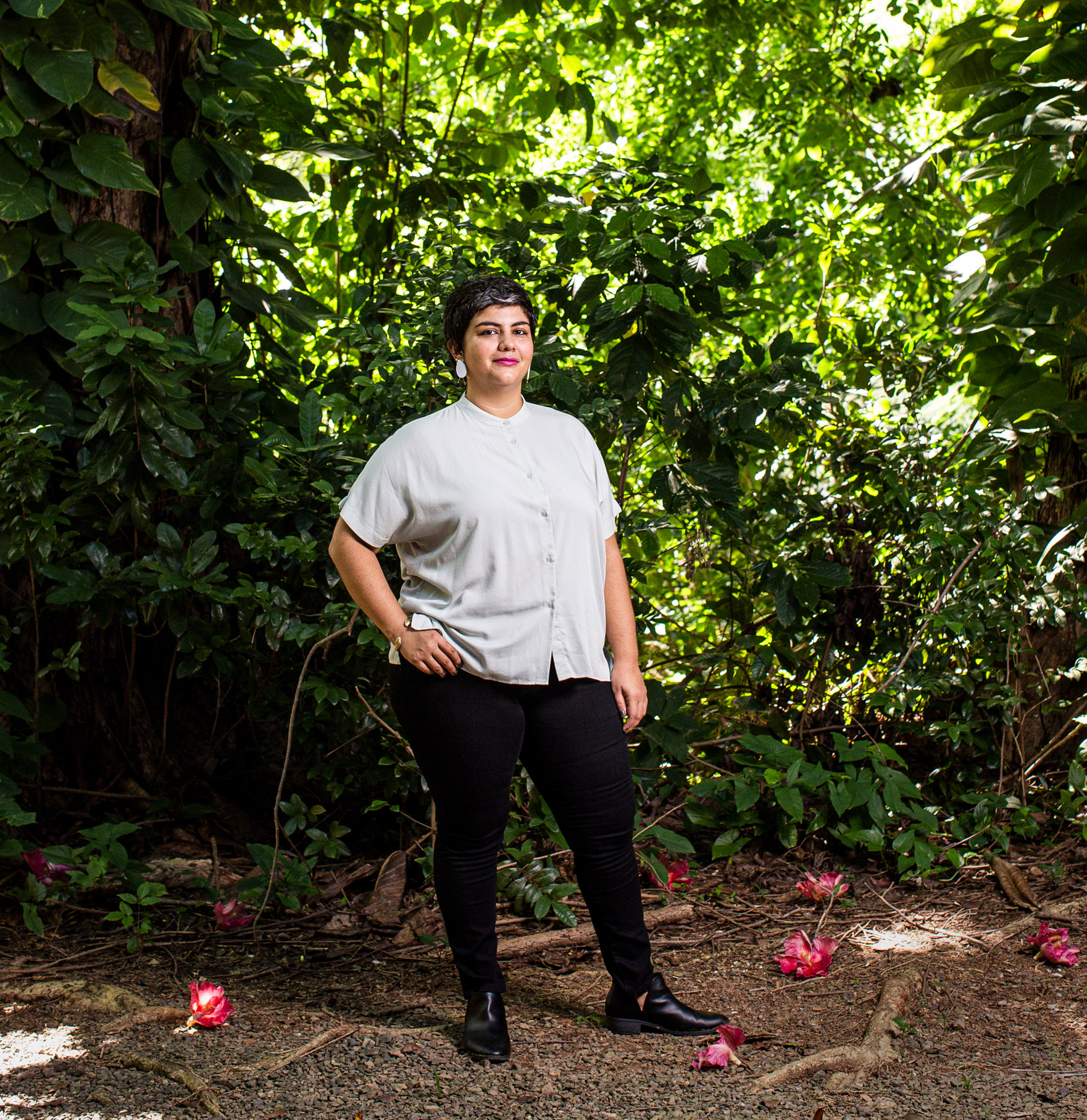

What’s giving you hope as a creative?
My dad was a pro-independence leader. He had a radio show for political analysis. I was always amazed that he could be so aware of everything that is wrong with our system and still retain a sense of hope. Anytime he gave me his diagnosis about something that was happening, he would always end by telling me that he was hopeful.
He had a lot of hope invested in Puerto Ricans and the fact that they were people who would always resist. He died in December of 2018, and in July of 2019 we went through the largest wave of protests in our history because of a chat that was leaked where the governor made fun of all the people who had died after the hurricane.
That connects to not only maintaining hope that people will resist and fight and be indignant and hold people accountable. But it’s also this belief that even grief and death and loss can generate strength and produce the energy to move forward. To borrow from my father and be true to my inheritance, I have to say that’s where I draw hope.
